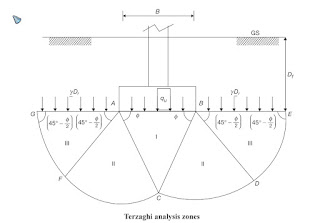What are the properties of high density concrete in dry state?
High density Concrete
- 1. High density concrete is those concrete which have best packaging with the presence of finest to coarse particles of substance of concrete which gives best denseness of concrete.
- 2. It is achieved by using the knowledge of concrete with skills.
- 3. It is achieved by using of some admixtures or additionally use of special ingredients of concrete
- 4. For making high density concrete first step is choosing the right materials for it.
- 5. It requires heavier aggregates with specific gravity of 3.5 to 4.which give
- 6. Some Natural aggregates used in High dense concrete is Limonite, Haematite, Magnetite,Barite etc.
- 7. like finest grade of cement.small to higher proportion of fine to coarse aggregate which gives better packaging of concrete and most important part is using of water reducing agent which removes extra part of water some plasticize,skilled labor who knows how to mix it.
- 8.for mixing or preparation first coarsest aggregate is spread on floor then finer particles are spread over it in order of their degree and after that mix thoroughly till homogenous mix obtain after that water and plasticizer are used.
- 9. now we ready for making high density concrete
- 10. for next steps we want some form-work and compaction instruments which imparts the density of concrete. during these process some precautions are taken like taking the precaution for not having segregation, bleeding, too much water, honey combing, too much time taken for preparing and using of green concrete etc.
How to know what is high density concrete
- For knowing what is high density concrete and where is it use and how it works we must know all about the Properties of high dense Concrete.
Properties of high density Concrete
1. It is highly durable.
2. It Have highest toughness.
3. It is impermeable.
4.Sulfate resisting properties,
5. It is heavier than other concrete work
6. It have very high mechanical properties as strength and durability.
- Strength of concrete at 28 days - greater than 40MPa
- coefficient of thermal expansion is almost twice than normal concrete
- shrinkage is about 1/4 to 1/3rd of normal concrete
7. High Shielding properties from all radiations and other mechanical forces.
8. It reduces the intensity of neutrons, gama and other rays by absorbing its particles and gives shield against radiation on nuclear projects. and shield are electronic instruments from high temperature and radiations.
9. Ease of Constructions due to its process of manufacturing.10. weight of High density concrete is very high in the range of 3360 to 3900 kg/m3
11. It is Highly Dense - - Higher the density of concrete higher the absorption of radiation
12. Absense of air voids
For more you should read on following link page

.jpg/220px-Spijkers_(Nails).jpg)















